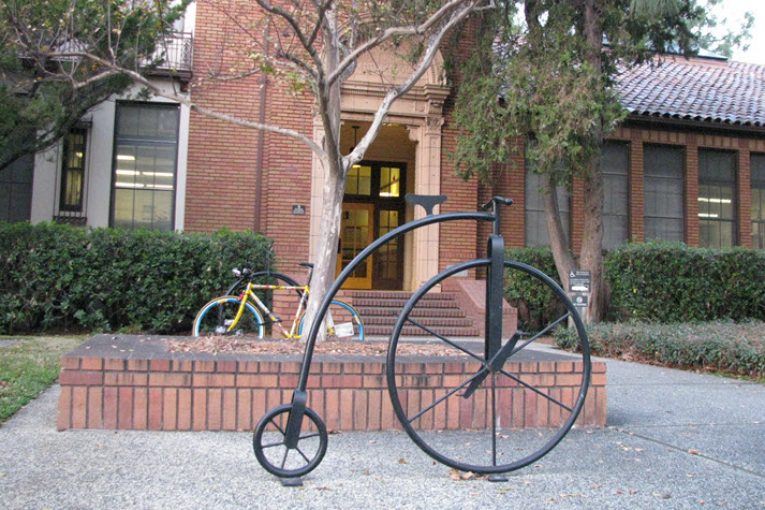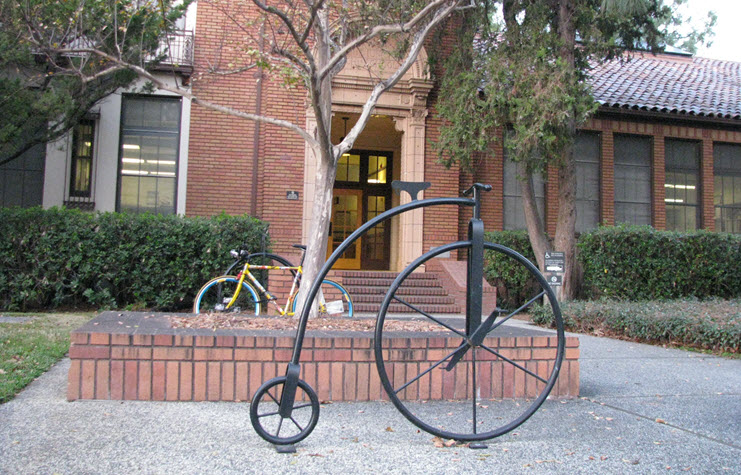

By David M. Greenwald
Executive Editor
Davis, CA – I am a little surprised that there have not been public concessions and declarations of victory in the council races because, realistically, after looking at the numbers that were released on Tuesday—it is over.
The first thing to note is that incumbent Dan Carson appears to have gone down to defeat by a large margin. Going into the election, I figured Carson’s actions in the Measure H campaign would hurt him, but in a three-person race, questioned whether he drop enough to actually lose.
As it turns out his vote share dropped to just over one-quarter of the votes and Bapu Vaitla more than doubled his vote share.
The message seems clear that the voters did not appreciate the lawsuit, the petition for attorney fees, and/or the accompanying conduct along with those actions. It is a pretty strong repudiation.
On the other hand, the message sent in District 4—in the heart of the anti-DISC  campaign—is also interesting. Partida won handily. She won despite what I would consider an unfair attack on her. She won despite being on the wrong side of her district on a critical vote—Measure H and the previous version of DISC as well.
campaign—is also interesting. Partida won handily. She won despite what I would consider an unfair attack on her. She won despite being on the wrong side of her district on a critical vote—Measure H and the previous version of DISC as well.
As noted, the voters have not generally held disagreement on land use issues or specific land use issues against incumbents, and that bore out again.
The voters in June overwhelming defeated DiSC. But in November, they overwhelmingly voted against slow growth candidates for the second consecutive district election.
Thus they have in effect made it clear—the voters have stated in polls that they are concerned about affordability of housing, they have only supported two of seven Measure J votes since 2005, and none where traffic itself was an issue.
So where does that leave us going forward?
I have expressed my concerns elsewhere.
To quickly summarize, the city still lacks a sustainable economic and fiscal path forward. Particularly now as the economy teeters and the state is expected to generate deficits, the community has now voted down three economic development projects and a tax measure.
Some have argued that the city’s failure to plan is at the root of that. Some have argued that better planning of DISC might have resulted in passage. Certainly the city could have been more clear and forceful in educating the public on its fiscal shortfalls for the last decade.
At this point, it is hard to imagine another large scale innovation center type project coming forward, so the city will have to look at other ways to generate sustainable revenue.
Second, one of the big focuses of the past council election was on affordable housing. The candidates in general pushed for infill over peripheral housing. I have expressed concern about how we would finance such affordable housing, particularly since infill is so difficult to pencil out in general, much less with affordable housing.
The city is going to have to plan sufficient affordable housing to meet RHNA requirements, which are challenging. And I have noted, long term, even the city manager has questioned whether the city can meet those requirements through infill and I wonder if they can do it even during the current RHNA cycle.
That will become all the more difficult during the anticipated economic downturn.
Senator Wiener, in my interview with him this week, noted, “I think when we have an economic downturn with high interest rates it is never good for housing construction. And that’s why during downturns, we should be investing a lot more in subsidized affordable housing with public money to have countercyclical public investment. But even with the downturn now, nothing’s permanent. Downturns happen. They’re part of life. And so the economy will recover and then there will be the ability to have a construction boom. And we want to make sure that that can happen once the economic conditions are there.”
Finally, my biggest concern, long term, for the health of the city is the decline in families, leading to a decline in school age population.
As noted in previous articles, declining enrollment presents specific challenges for school districts and, beyond the direct impact on the schools, the overall impact on community of pricing families out of the city should be a matter of grave concern.
On top of these concerns are ongoing concerns about homelessness and, of course, climate change that is already changing the climate locally. How our leaders will meet these challenges will be important as well.
But I think the biggest local issues will be housing and fiscal sustainability. At this point there is no clear answer.


Several of us, including Matt Williams and Tim Keller, have advocated for a citizens-based vision forum on where do we see the city going. It truly needs to be as inclusive as possible, not just rounding up the usual suspects.
But there’s another part to this solution, which is to change state laws on how property tax revenues are allocated. We should be talking with our state Senator and Assemblymember about introducing a change in the formula that if more reflective of the old redevelopment authority. Jerry Brown took the opportunity of RDA malfeasance to kill RDAs a decade ago when the state was in a deep fiscal hole. We now have a large surplus and we could solve part of the Gann limit problem by diverting more property tax to local governments that add new housing and businesses. That would remove one barrier to adding housing.
I believe that each year for the past several there have been proposals for a new version of RDA and that hasn’t gone anywhere. I know Cecilia Aguiar-Curry pushed one such version at least.
Enhanced Infrastructure Financing Districts were created several years ago: https://icma.org/blog-posts/enhanced-infrastructure-financing-districts-revitalize-communities-california
Here’s the biggest problem:
City of Davis would probably have to cooperate with other agencies, including the county. These are for infrastructure, but combined with the new housing laws essentially streamlining housing proposals that are near transit or in certain other situations they could be a part of the puzzle.
I agree with Don. Cooperating with other agencies will be essential. Typically such interagency cooperation takes the form of Regional Planning.
The problem is that the RDAs had eminent domain powers. That’s not the solution–the solution is to simply provide cities with a portion of the state’s share of property taxes for new housing. EIFD’s reallocate the local share–that’s the mistake. The state has to give up something to make this work.